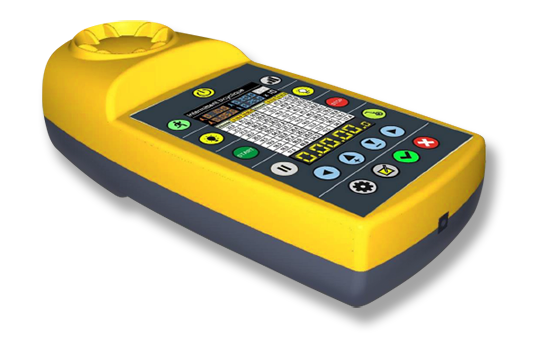1.A quick explanation of intermittent exercises:
Intermittent exercise, as the name suggests, involves periods of intense activity alternating with periods of recovery. These sequences of effort and rest can be of different natures, but they all share the same fundamental principle: the regular interruption of effort.
First, it’s important to understand that the term “intermittent” refers to something that stops and resumes at intervals. In the context of sports training, intermittent exercise is designed in such a way that the athlete alternates between phases of intense activity and periods of recovery, often in a cyclical manner.
These periods of intense activity can be characterized by sequences of demanding exercises, such as sprints, jumps, strength exercises, or any other activity that puts a lot of strain on the body. In contrast, recovery periods can be either passive, such as walking or complete rest, or active, involving low-intensity activity such as light running or jogging.
The goal of intermittent exercise is to replicate the conditions of play or competition, where players often have to exert themselves intensely followed by periods of partial recovery. This approach simulates the physiological demands of a match, preparing athletes to maintain a high level of performance despite fluctuations in intensity and relative rest periods.
The main advantage of intermittent work over continuous work is its ability to more realistically reproduce the efforts encountered in a game situation. Indeed, the rhythm of a sports game, whether it is football, basketball, or any other discipline, is rarely constant. Players need to be able to quickly transition from intense action to moments of relative recovery, and intermittent exercises help develop adaptability.
The most commonly used intermittent exercises are 45-30, 30-30 and 15-15
2.How to calculate the different distances of your intermittent exercises? :
It is essential to understand that the distances to be covered during intermittent exercise are adapted to each individual according to their Maximum Aerobic Speed (MAS).MAS is a measure of a player’s aerobic capacity, and it varies from person to person depending on their fitness level and physiological characteristics.
To calculate the distances to be covered during intermittent exercise, we use the MAS as a reference. Distances are then determined as a percentage of each player’s MAS. To do this, we apply the following formula:
distance = MAS * effort time / 3600
In this formula:
- MAS represents the player’s Maximum Aerobic Speed, measured in meters per minute.
- Effort time is the duration of the period of intense activity, measured in seconds.
- The result is expressed in meters, representing the distance to be covered during the period of effort.
Once you’ve calculated the distance to travel for a given period of time based on MAS and effort time, you can then multiply that result by the percentage of MAS you want your players to work on. For example, if you want a player to work at 80% of their MAS, you would multiply the previously calculated distance by 0.8.
This process allows intermittent exercises to be adapted to each player’s individual abilities, ensuring a personalized and effective workout. By adjusting distances based on each player’s MAS, you can ensure an optimal level of stimulation for their physical development and performance on the field.
We can take the example of a player with a MAS of 17 and who has to do 2 sets of 6 * 30s 30 s at 100% of his MAS. The distance to be covered will then be (17*30/3600) 141 meters.
You can also calculate the distance to travel using your Sportbeeper PRO. Indeed, the tab-odometer tab instantly calculates and displays the distances to be covered for each speed. If this time a coach wants to make some of his players work at 16.5 km/h for a series of 15s 15s, he will have to use the tab-odometer tab.


